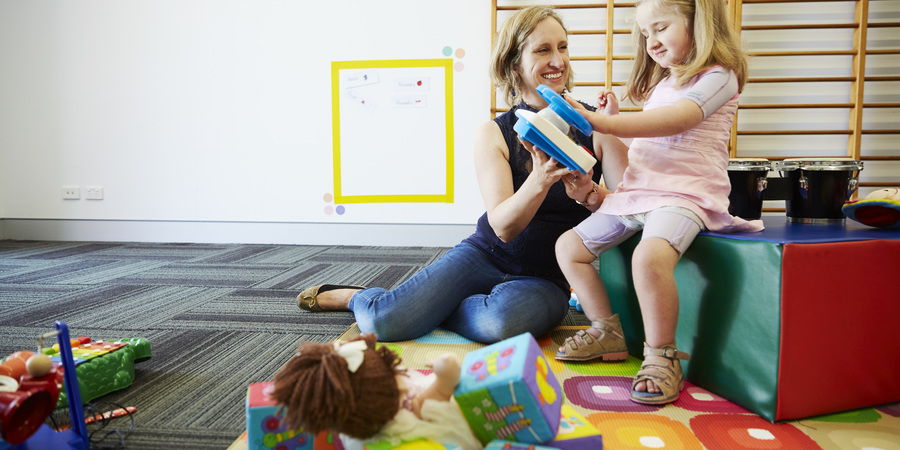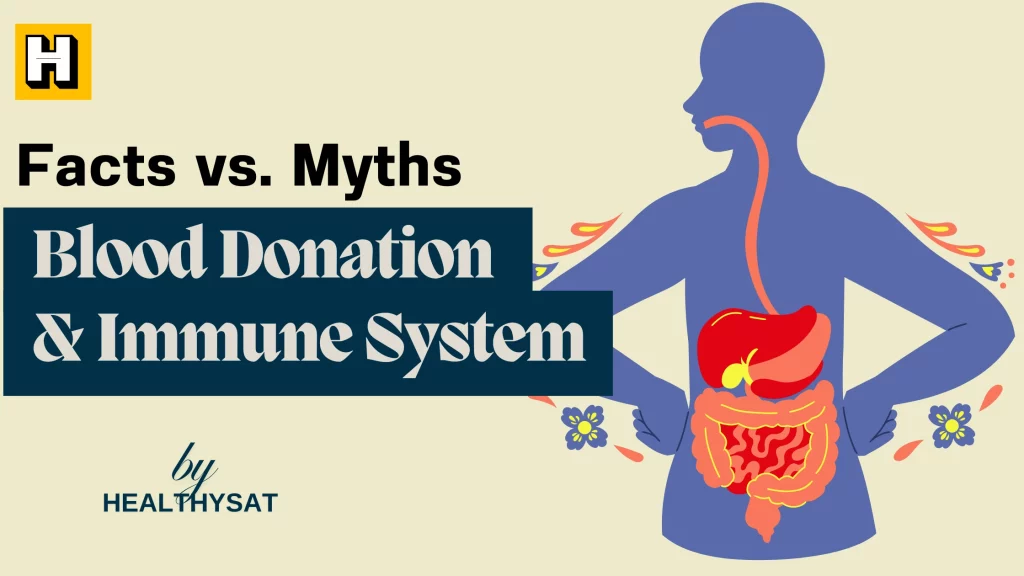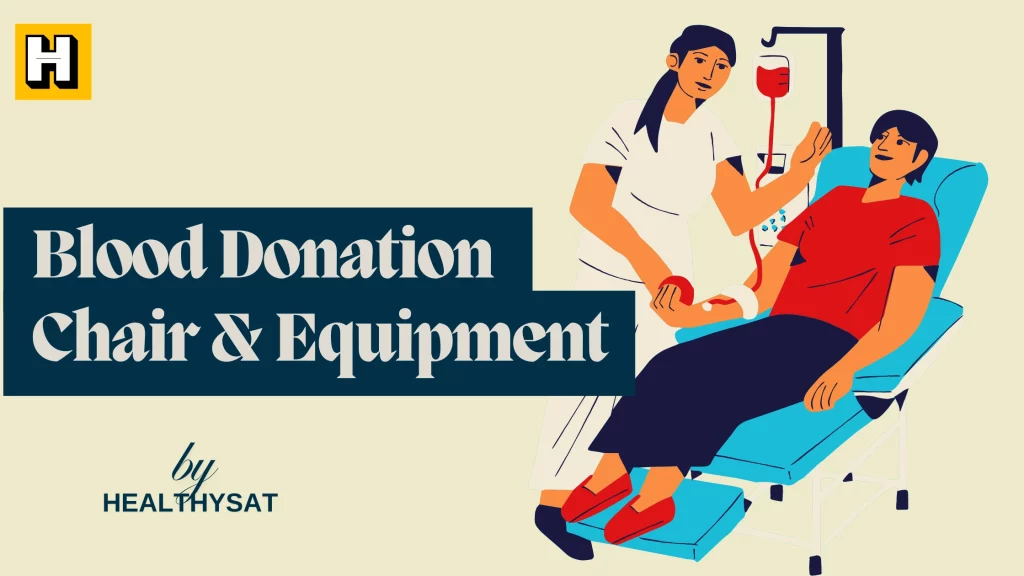Introduction
Living with Rett syndrome can present unique challenges, but it’s essential to remember that individuals with it can still experience joy, growth, and engagement through various activities. In this article, we will explore a range of fun and engaging activities designed specifically for people with Rett syndrome. Whether you’re a parent, caregiver, or individual with Rett syndrome, these activities are tailored to enhance cognitive, physical, and emotional well-being.
Understanding Rett Syndrome
Rett syndrome is a rare genetic neurological disorder that primarily affects females. It was first described by Dr Andreas Rett in 1966. It is a severe condition that becomes apparent in early childhood, usually between 6 and 18 months, and its symptoms progressively worsen.
Symptoms typically include:
1. Loss of purposeful hand skills :
Children with Rett syndrome often lose their ability to use their hands to perform tasks they previously could, such as grasping objects or waving.
2. Regression of language and motor skills:
A noticeable loss of previously acquired language and motor skills leads to significant communication difficulties and motor impairments.
3. Repetitive hand movements:
Individuals with Rett syndrome frequently exhibit repetitive hand movements, such as hand-wringing, clapping, tapping, or washing.
4. Loss of social engagement:
They may become less interested in social interactions, and show decreased eye contact and engagement.
5. Breathing problems:
Irregular breathing patterns, such as hyperventilation and breath-holding episodes, are common in Rett syndrome.
6.Gait abnormalities:
Individuals may develop an unsteady, stiff, or abnormal walking gait.
7.Seizures:
Seizures occur in the majority of individuals with Rett syndrome.
Causes of Rett syndrome:
Rett syndrome is primarily caused by mutations in the MECP2 gene, which provides instructions for producing a protein that plays a crucial role in the development and function of the nervous system. Usually, these mutations occur randomly and are not inherited from the parents. However, in some cases, the genetic mutation can be passed down from one generation to another.
It’s important to note that while Rett syndrome is a genetic disorder, it is not usually inherited directly from parents in the classical sense, as most cases result from spontaneous mutations during early embryonic development.
Currently, there is no cure for Rett syndrome, but treatment and supportive care can help manage symptoms and improve the quality of life for affected individuals. Multidisciplinary care, including physical therapy, occupational therapy, speech therapy, and medical management of associated conditions like seizures, is typically provided to address the various challenges associated with Rett syndrome. Research in genetics and neuroscience continues to explore potential treatments and interventions for this condition. So let’s dive in and discover the world of exciting disorder activities!
Sensory Exploration Activities
1. Sensory Play with Different Textures
2. Water Play for Relaxation and Stimulation
3. Exploring Aromatherapy
Communication and Social Activities
1. Music Therapy for Emotional Expression
2. Adaptive Art and Crafts
3. Interactive Storytelling Sessions
Physical Activities
1. Hydrotherapy for Muscle Relaxation
2. Yoga and Stretching Exercises
3. Dance Therapy for Coordination and Balance
- Porn Addiction Withdrawal: Understanding the Symptoms and Coping Strategies
- Parallel Play and Autism: Understanding Social Interaction in Children with Autism Spectrum Disorder
- How to Look Attractive as a Girl And Boost Your Confidence
- Signs That a Woman Has Not Been Sexually Active
- Porn Addiction Withdrawal: Understanding the Symptoms and Coping Strategies
Cognitive Stimulation Activities
1. Puzzle Solving and Shape Sorting
2. Interactive Computer Games
3. Memory and Matching Games
Outdoor Activities
1. Nature Walks and Scavenger Hunts
2. Gardening for Sensory Stimulation
3. Picnics and Outdoor Games
Life Skills Development Activities
1. Cooking and Baking Sessions
2. Household Chores with Supervision
3. Daily Routine Visual Schedules
Assistive Technology Activities
1. Augmentative and Alternative Communication (AAC) Devices
2. Eye Gaze Technology for Interaction
Conclusion
In conclusion, engaging in activities specifically designed for individuals with disorder can greatly enhance their overall well-being, quality of life, and enjoyment. The activities mentioned in this article span various domains, including sensory exploration, communication and social interaction, physical engagement, cognitive stimulation, outdoor adventures, life skills development, and assistive technology. Remember to tailor these activities to suit the unique abilities and interests of the individual with Rett syndrome. By providing them with opportunities for growth, expression, and connection, you can empower them to lead fulfilling and meaningful lives.
Frequently Asked Questions
Can individuals with Rett syndrome participate in physical activities?
Absolutely! While the level of participation may vary, many individuals with Rett syndrome can engage in adapted physical activities such as hydrotherapy, yoga, and dance therapy, which provide various benefits for their overall well-being.
Are any outdoor activities suitable for individuals with disorder ?
Yes, outdoor activities such as nature walks, scavenger hunts, and picnics can be enjoyable and stimulating for individuals with Rett syndrome. These activities allow them to connect with nature, explore their surroundings, and engage their senses.
How can assistive technology benefit individuals with disorder?
Assistive technology, such as augmentative and alternative communication (AAC) devices and eye gaze technology, can significantly enhance communication and interaction for individuals with Rett syndrome. These tools provide alternative means of expression and engagement.
Can cognitive stimulation activities be adapted for individuals with disorder?
Yes, activities like puzzle solving, interactive computer games, and memory games can be adapted to suit the cognitive abilities of individuals with Rett syndrome. These activities stimulate their thinking, problem-solving skills, and memory recall.
What life skills development activities are suitable for individuals with Rett syndrome?
Engaging individuals with rare genetic neurological and developmental disorder in activities like cooking and baking, involving them in household chores with supervision, and implementing visual schedules for their daily routines can help develop their life skills, independence, and sense of responsibility.
Remember, each individual with disorder is unique, so it’s important to consider their specific abilities, preferences, and limitations when engaging them in activities. The key is to provide a supportive and inclusive environment that allows them to explore, learn, and enjoy the activities that bring them the most joy and fulfilment.







